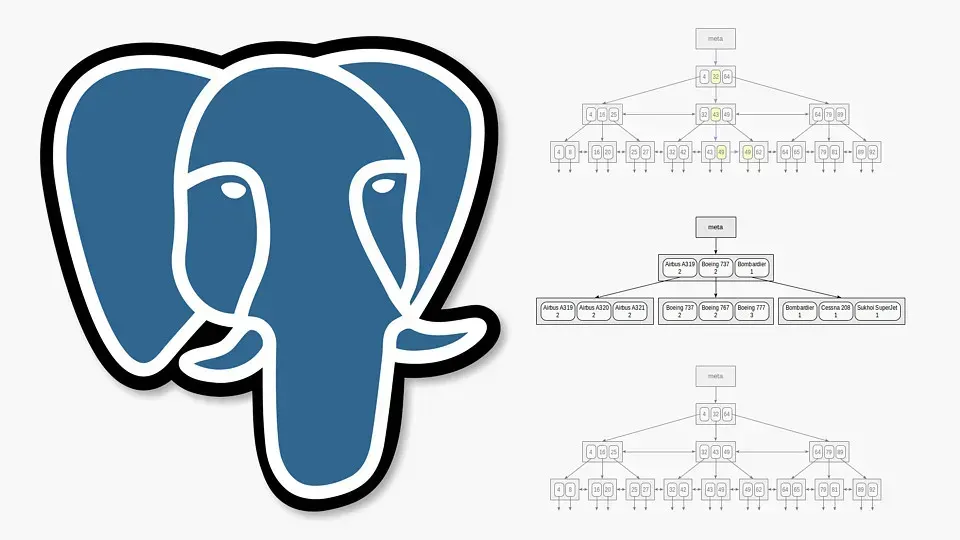 The iconic PostgreSQL elephant mascot
The iconic PostgreSQL elephant mascot
Table of Contents
- Introduction
- Why PostgreSQL?
- Prerequisites
- WITH Queries (Common Table Expressions)
- Example: Sales Analysis
- Key Benefits
- Why CTEs Win
- References
- Next Steps
Introduction
PostgreSQL is a powerful, open-source object-relational database system with over 35 years of active development. It has earned its reputation through:
- Reliability: Rock-solid data integrity
- Feature Set: Advanced SQL capabilities
- Performance: Optimized query execution
- Extensibility: Custom functions and data types
Why PostgreSQL?
Let’s look at the numbers that make PostgreSQL a compelling choice:
| Metric | Value | Context |
|---|---|---|
| Global Deployments | 1.7M+ | Enterprise-scale adoption |
| Developer Preference | 45.55% | Most preferred RDBMS |
| Market Share | 17.4% | Among relational databases |
| User Satisfaction | 80.6% | Reported happiness rate |
| Language Support | 50+ | Programming languages |
| Community Size | 6,800+ | GitHub forks |
| Production Usage | 5M+ | Active websites |
De Facto goto relational database for most people for most use cases
Prerequisites
 What you need to know before diving in
What you need to know before diving in
To get the most out of this tutorial, you should have:
- Basic understanding of SQL tables and columns
- Familiarity with SQL query syntax
- Access to a PostgreSQL database (v13 or later recommended)
WITH Queries (Common Table Expressions)
CTEs are like temporary views that exist only for the duration of your query. They help you:
- Transform complex queries into named, manageable steps
- Create reusable result sets within a single query
- Significantly improve query readability
- Make complex logic easier to understand
Example: Sales Analysis
Let’s analyze product sales in top-performing regions. We’ll compare traditional vs. CTE approaches:
-- Traditional ApproachSELECT o.region, o.product_id, SUM(o.qty) AS product_units, SUM(o.amount) AS product_salesFROM orders o JOIN ( SELECT region FROM ( SELECT region, SUM(amount) AS total_sales FROM orders GROUP BY region
) AS regional_sales WHERE total_sales > 10000 ORDER BY total_sales DESC LIMIT 10 ) AS top_regions ON top_regions.region = o.regionGROUP BY o.region, o.product_id;-- Modern CTE ApproachWITH regional_sales AS ( SELECT region, SUM(amount) AS total_sales FROM orders GROUP BY region ), top_regions AS ( SELECT region, total_sales FROM regional_sales WHERE total_sales > 10000 ORDER BY total_sales DESC LIMIT 10 ), product_wise_data AS ( SELECT o.region, o.product_id, SUM(o.qty) AS product_units, SUM(o.amount) AS product_sales FROM orders o JOIN top_regions tr ON tr.region = o.region GROUP BY o.region, o.product_id )SELECT *FROM product_wise_data;Key Benefits
- Modularity: Break complex queries into manageable pieces
- Reusability: Reference results multiple times
- Readability: Self-documenting query structure
- Maintainability: Easier debugging and testing
Why CTEs Win
- ✨ Clear Structure: Each step has a meaningful name
- 🔍 Debuggable: Test intermediate results easily
- 📝 Self-Documenting: Logic flow is immediately apparent
- 🔄 Reusable: Reference results multiple times
References
Next Steps
In the next parts, we will explore Views and Materialized Views in PostgreSQL.
